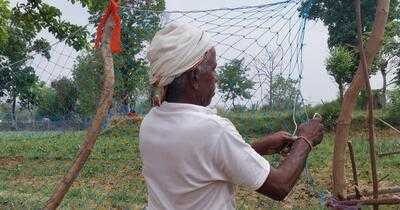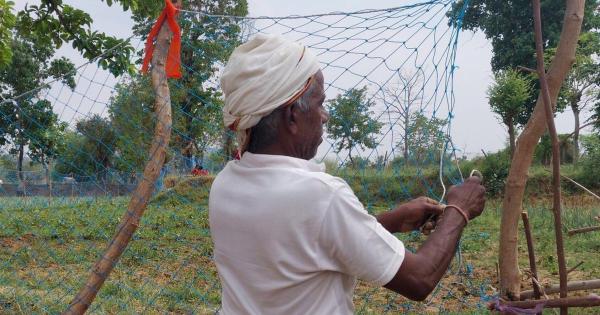

Sirajoodeen Ansari, a 65-year-old farmer, has watched season after season of hard labour go to waste. “First, I cultivated paddy, but it was completely ruined. Then I planted maize. Again, it was completely destroyed. And when the rabi season arrived, and I sowed wheat, not a single grain was spared by the nilgai,” says the farmer from Murumdag village in Chhatarpur block, Palamu district of Jharkhand.
Ansari is not alone. In this arid patch of Palamu, where water is scarce and the soil unforgiving – farmers wage a nightly vigil over their fields. For two and a half months, they lie awake, patrolling the wheat under the moonlight, yet any momentary lapse, “even the blink of an eye”, as one farmer puts it, is enough to miss the speedy descent of the nilgai (Boselaphus tragocamelus) that strips the crop bare. Protected under Schedule III of theWildlife Protection Act 1972, these animals move with impunity.
Mahfooz Alam, another resident of Murumdag, describes their makeshift defence mechanisms, “I would take four dogs into the fields and tie them at the foot of my charpoys [rope cots] so that if any nilgai comes, the dogs would bark, and it would wake me.” Despite such precautions, Alam lost his entire harvest this year to destruction by the nilgai,...
Read more